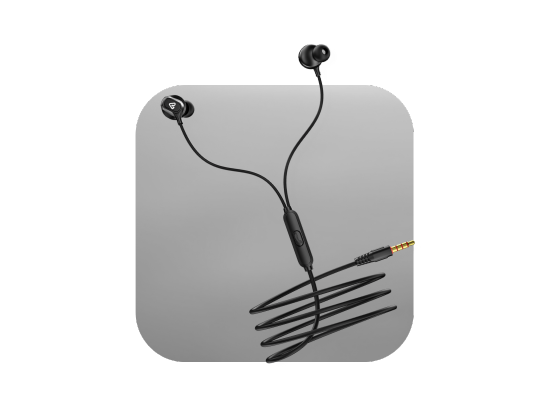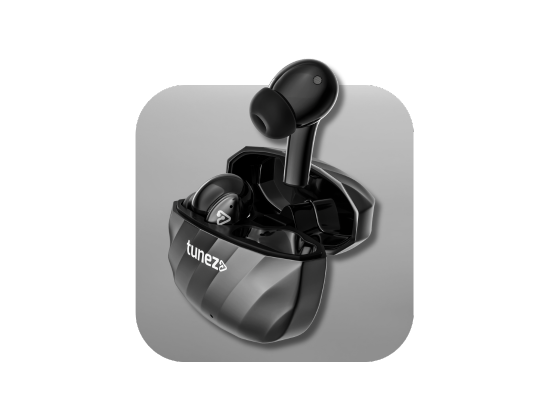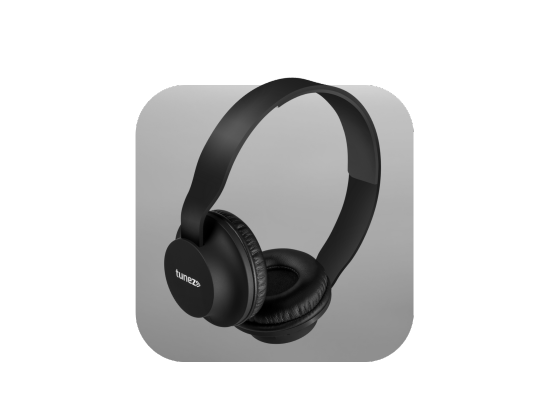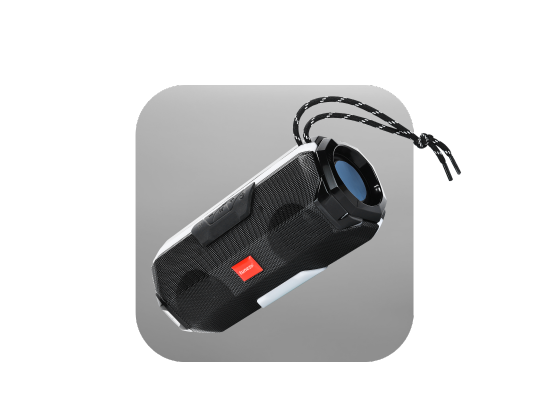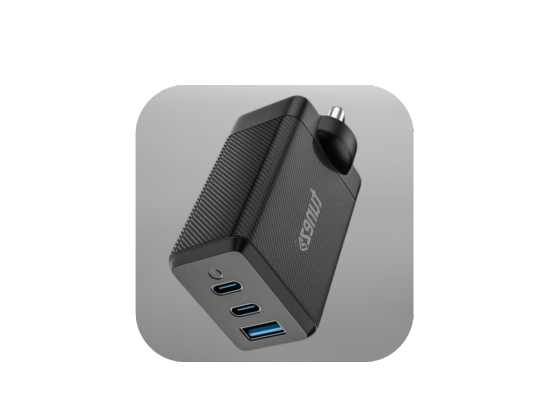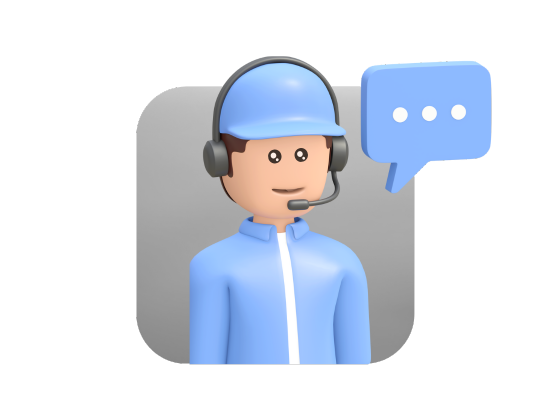When you stream your favorite TV show or connect to cable internet, there’s a silent hero working behind the scenes — the coaxial cable. It might look like an ordinary wire, but it plays a powerful role in transmitting large amounts of data reliably and without interference.
Let’s break down how coaxial cables actually transmit data, how they are built, and why they are still one of the most trusted mediums for high-frequency communication.
What is a Coaxial Cable?
A coaxial cable (or coax cable) is a type of electrical cable designed to carry high-frequency signals with minimal loss and interference. It consists of four key layers:
- Central Conductor: Carries the main electrical signal (usually copper).
- Dielectric Insulator: Keeps the conductor and shield separated.
- Metallic Shield: Blocks electromagnetic interference.
- Outer Jacket: Protects the cable from physical wear and environmental damage.
This design ensures the signal travels smoothly over long distances — making coaxial cables ideal for television, internet, and telecommunication networks.
Buy car chargers offering quick charging ports smart design and durable build making them the perfect companion for all your road trips and commutes.
How Coaxial Cable Works?
Imagine sending your voice across a long metal tunnel. The tunnel keeps your message focused and prevents echoes. That’s exactly what a coaxial cable does — it keeps the electrical signals stable and shielded as they travel through.
Here’s how the process works step-by-step:
1. Signal Generation
Data from a device (like a modem or TV broadcaster) is converted into high-frequency electrical signals. These signals carry the encoded data, such as audio, video, or internet packets.
2. Transmission Through The Central Conductor
The electrical signals travel along the central copper wire, which acts as the main path for the data.
3. Insulation and Shielding
The dielectric insulator prevents signal leakage and maintains a constant distance between the inner conductor and the metallic shield.
The metallic shield (braided copper or aluminum foil) blocks external electromagnetic interference, ensuring a clean, stable signal.
4. Encoding and Modulation
Before transmission, the data is encoded — often using methods like Manchester encoding — to help the receiving device interpret it accurately.
In addition, modulation techniques allow the same cable to carry multiple signals at once.
Buy mobile chargers that deliver fast charging superior quality and compact designs making them perfect companions for all your charging needs.
How Data Is Transmitted?
Data transmission through coaxial cables involves clever signal management techniques that make it fast and efficient:
1. Electrical Signal Transmission
Information is transmitted as variations in voltage that move along the central conductor at nearly the speed of light.
2. Frequency-Division Multiplexing (FDM)
Different data streams are sent at different frequencies — similar to how multiple radio stations broadcast without clashing. This allows cable companies to send TV, internet, and phone signals over the same line.
3. Time-Division Multiplexing (TDM)
In some systems, signals are sent in alternating time slots. This technique ensures each data stream gets a dedicated window to transmit, preventing signal overlap.
4. Noise Reduction
The metallic shield reduces external noise, while grounding helps drain unwanted electrical currents, keeping the signal clean and interference-free.
Buy data cables offering quick sync strong build and safe charging so your devices remain powered and connected without interruptions anytime.
Advantages of Coaxial Cable
Coaxial cables have been around for decades, and there’s a reason they are still widely used.
- Excellent Signal Quality: The shielding prevents data loss and interference.
- Long-Distance Transmission: Can carry signals over longer distances compared to twisted-pair cables.
- High Bandwidth: Suitable for transmitting large data volumes, including HD video and broadband internet.
- Durability: The thick outer jacket protects against wear, bending, and weather conditions.
- Cost-Effective: Provides reliable performance at a lower cost than fiber optic installations.
Real-World Uses Of Coaxial Cable
Coaxial cables are used in many everyday and professional applications:
- Cable Television: Transmits hundreds of TV channels with consistent quality.
- Internet Connections: Delivers broadband service through hybrid fiber-coaxial (HFC) networks.
- Security Systems: Connects CCTV cameras to recording devices.
- Audio & Video Systems: Used in home theaters for digital audio connections.
- Antenna & Satellite Links: Transfers radio and satellite signals efficiently.
Buy power banks offering high capacity sleek design and reliable safety features making them perfect for keeping devices charged everywhere.
Common Types Of Coaxial Cable
- RG-6: The most common type, ideal for TV, satellite, and internet connections due to its thicker conductor and better shielding.
- RG-59: Suitable for short-distance, low-frequency applications like CCTV systems.
- RG-11: A heavier cable designed for long runs where minimal signal loss is essential.
Why Coaxial Cables Are Still Relevant?
Even with the rise of fiber optics, coaxial cables remain relevant due to their compatibility, affordability, and reliability. They are easy to install, support high bandwidth, and integrate seamlessly with modern networking systems.
In hybrid networks, coaxial cables often serve as the last-mile connection, bridging the gap between fiber infrastructure and users’ homes.
Conclusion
The coaxial cable is more than just a wire — it’s a communication powerhouse that keeps our TVs, internet, and data services running smoothly. Its layered design, shielding, and advanced signal techniques allow it to transmit information efficiently, even across long distances.
From entertainment to enterprise communication, coaxial cables remain a vital part of our connected world — proving that sometimes, classic technology still leads the way.
Buy smart watches designed for long battery life stylish looks and advanced tracking making them a smart choice for both work and play.
FAQs About How Coaxial Cable Transmits Data
1. What is a coaxial cable used for?
It’s used to transmit high-frequency signals for TV, the internet, and communication systems.
2. How does coaxial cable reduce interference?
The metallic shield blocks external electromagnetic signals, ensuring clean data transmission.
3. Can a coaxial cable carry internet and TV signals together?
Yes, through frequency-division multiplexing (FDM), different frequencies carry multiple services simultaneously.
4. What is the difference between RG-6 and RG-59 cables?
RG-6 has thicker conductors and better shielding, making it ideal for long runs and higher frequencies.
5. Is coaxial cable still used today?
Absolutely — it’s still widely used for broadband, satellite, and CCTV systems due to its reliability and cost-effectiveness.

